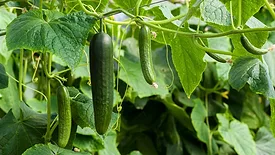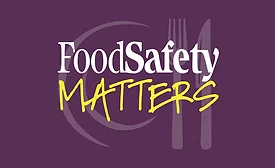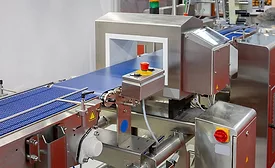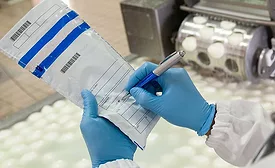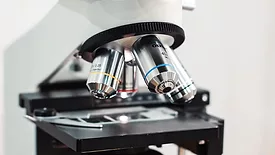Testing & Analysis
How is the Revolution in Technology Changing Food Safety?—Part 2
How has adoption of different technologies affected processors' daily food safety operations and improved their food safety outcomes?
August 8, 2024
Challenges for Evaluation of Your Environmental Monitoring Program
EMPs are not just documents to be written and forgotten, but living systems that require active management
August 8, 2024
Never miss the latest news and trends driving the food safety industry
eNewsletter | Website | eMagazine
JOIN TODAY!Copyright ©2025. All Rights Reserved BNP Media.
Design, CMS, Hosting & Web Development :: ePublishing




